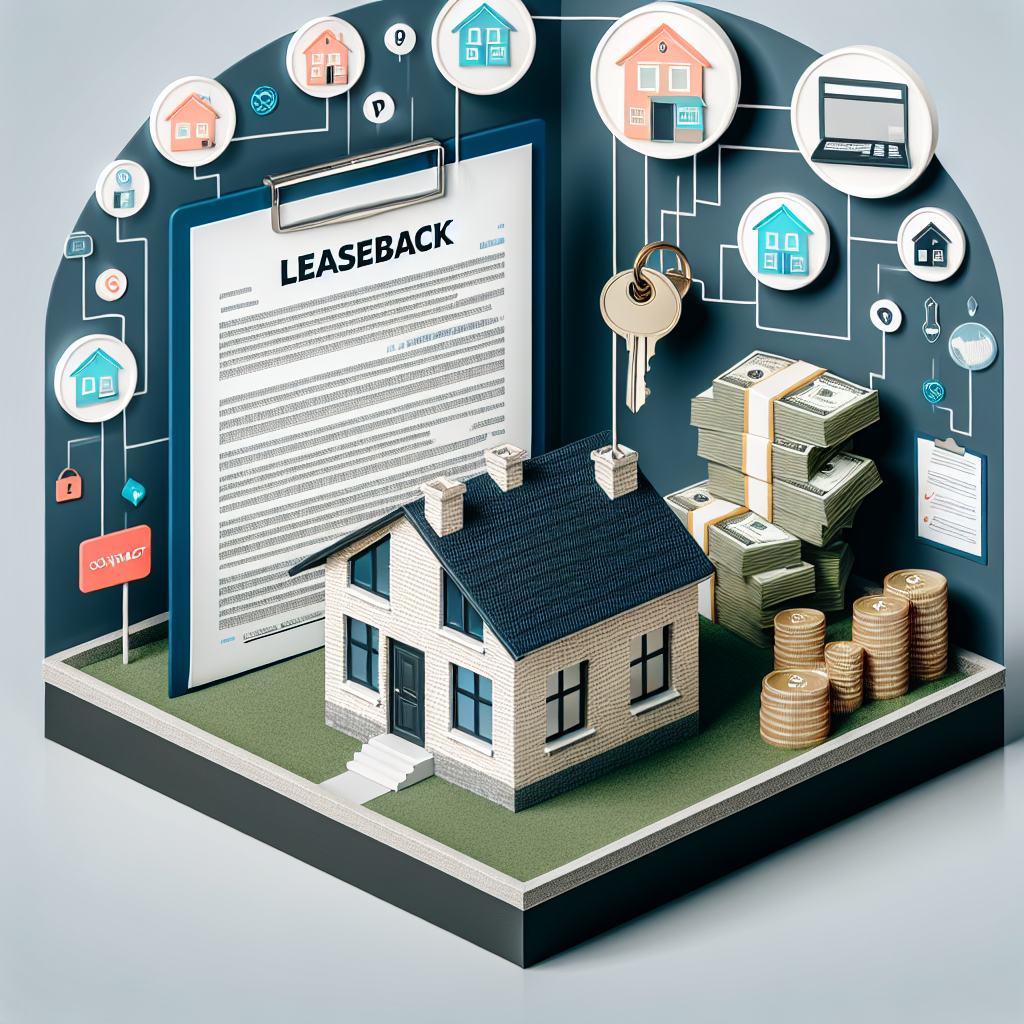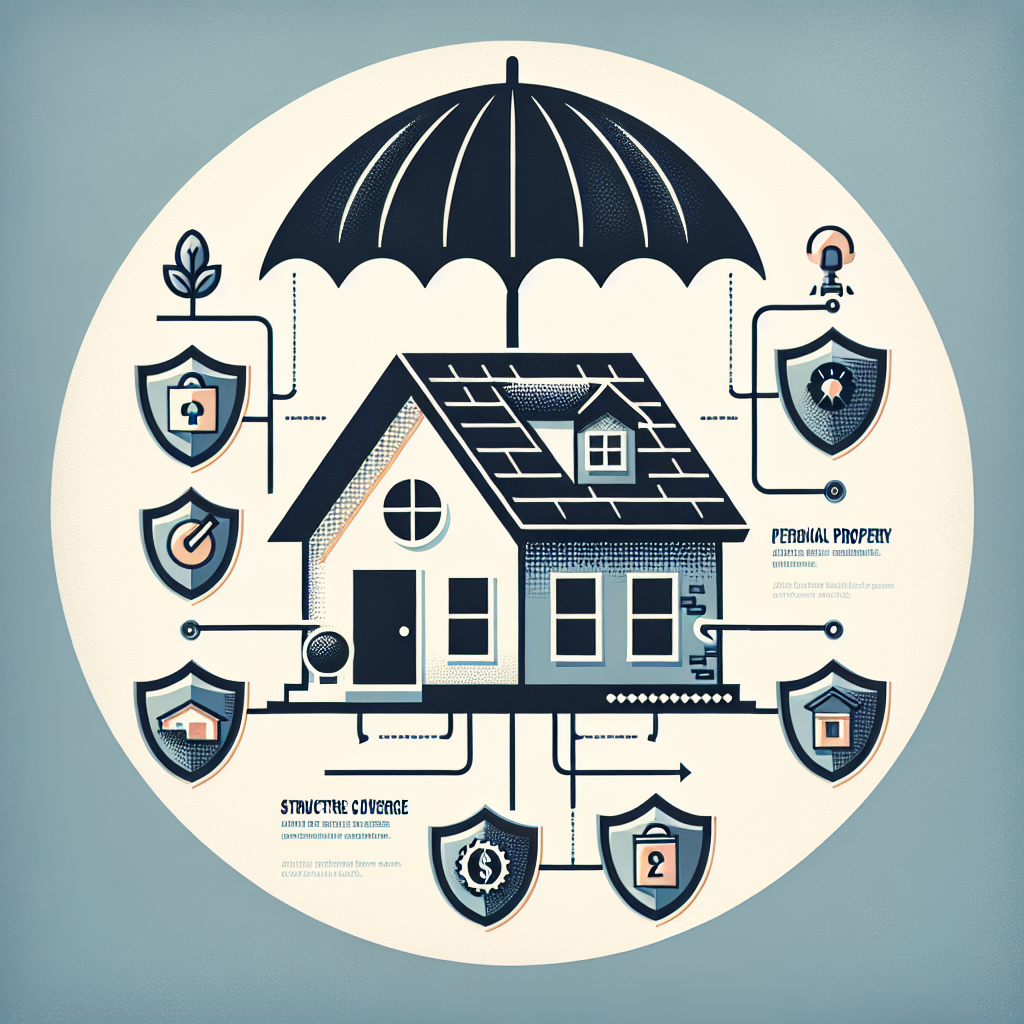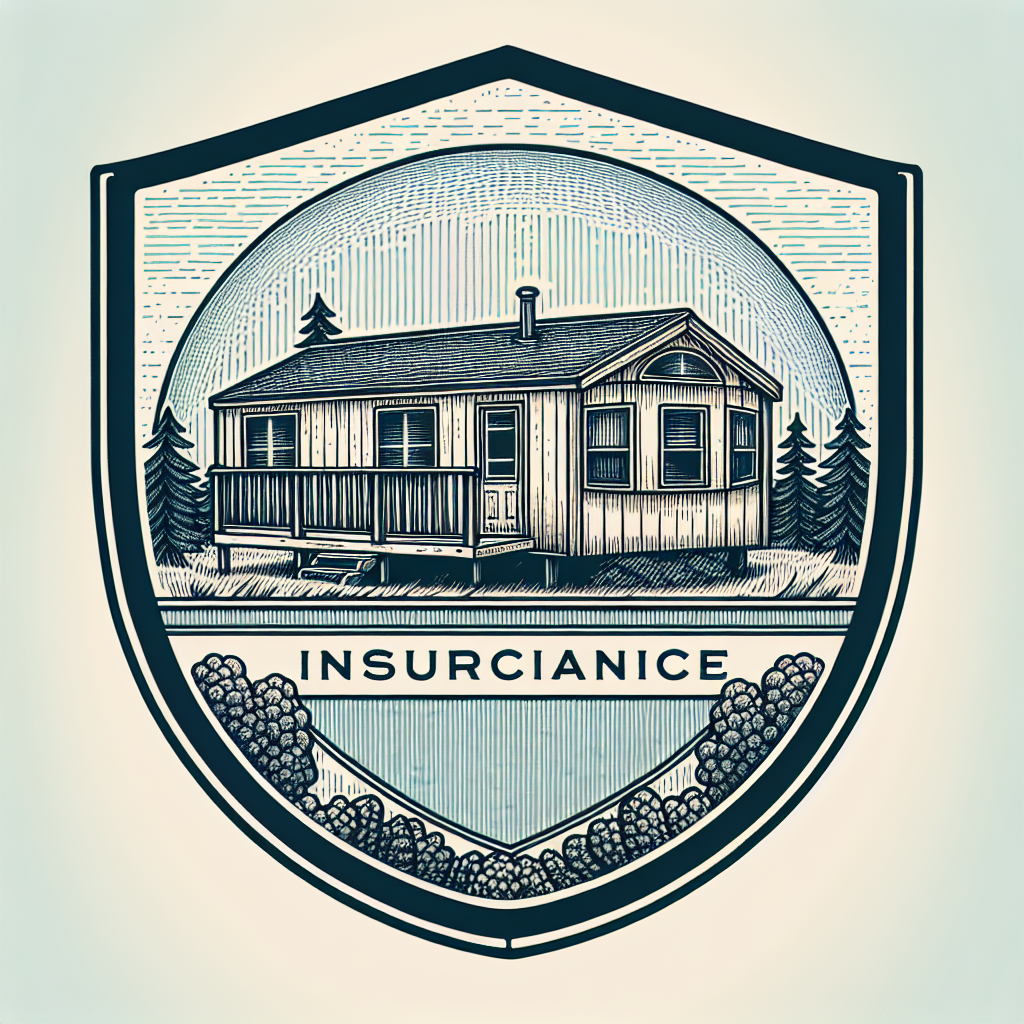Filed under Home Insurance on
Understanding Home Insurance for Leaseback Properties

Leaseback properties present a compelling opportunity for both investors and homeowners, combining the allure of property ownership with the convenience of leasing. However, one crucial aspect that requires careful consideration is home insurance for leaseback properties. Understanding the nuances of this type of insurance can safeguard your investment, providing peace of mind while maximizing the potential of your leaseback agreements. In this detailed guide, we dive into the specifics of home insurance tailored for leaseback scenarios, ensuring you are well-equipped to make informed decisions.
The Basics of Leaseback Properties
Before delving into the intricacies of insurance, it's essential to comprehend what leaseback properties entail. In a typical leaseback agreement, an investor purchases a property and immediately leases it back to the seller, often the developer. This arrangement offers the investor guaranteed rental income, while the seller manages the property, ensuring it remains in optimal condition.
Why Consider Leaseback Properties?
- Guaranteed Returns: Leasebacks often come with pre-agreed rental yields, providing stable income.
- Property Maintenance: The seller, now the lessee, often takes responsibility for upkeep.
- Potential Buyback Options: At the end of the lease term, there may be favorable buyback terms available.
As attractive as these benefits are, navigating the home insurance landscape for leaseback properties requires specific attention to detail and awareness of industry trends.
Understanding Home Insurance for Leaseback Properties
Home insurance for leaseback properties safeguards your investment against unforeseen events like damage, theft, or liability claims. However, it differs from traditional property insurance, given the unique dynamics between the property owner and the lessee. Here's what you need to know:
Comprehensive Coverage Needs
- Property Damage: Protects against risks like fire, storms, or vandalism.
- Contents Insurance: Covers belongings within the property, sometimes necessary if furnishings are included in the leaseback.
- Liability Insurance: Important in case of any accidents or injuries on the property premises.
Factors Influencing Insurance for Leaseback Properties
- Property Location: The location can significantly impact insurance rates, especially if it's prone to natural disasters.
- Property Value and Condition: Higher value homes or those with added amenities might require more substantial coverage.
- Lease Terms: The duration and terms of the leaseback can affect the type and extent of insurance needed.
Insurance agents and companies specializing in real estate often emphasize the importance of customizing policies to suit these distinct factors, ensuring complete protection.
Industry Insights: Current Trends
According to the National Association of Insurance Commissioners, there's an increasing shift towards flexible insurance packages tailored for unique property agreements like leasebacks. This trend reflects the growing demand for policies that adapt to non-traditional property ownership models, highlighting the need for investors to seek insurance providers experienced in handling such arrangements.
Selecting the Right Insurance Provider
Choosing a reliable insurance provider is crucial in securing your leaseback property. Here are essential aspects to consider:
Expertise and Reputation
- Industry Experience: Opt for providers with significant experience in leaseback property insurance.
- Customer Reviews: Check reviews and ratings for insights into customer satisfaction.
- Complaints Record: Investigate any history of complaints with regulatory bodies.
Policy Customization Options
- Flexible Coverage Plans: Look for insurers offering tailored packages for specific property arrangements.
- Additional Coverage Features: Consider optional add-ons like natural disaster coverage for regions prone to such risks.
Expert opinions suggest engaging with insurance agents who can provide personalized insights and recommendations, ensuring your policy aligns with your investment goals and property specifics.
Cost Considerations
While price should not be the sole deciding factor, understanding cost components can aid in selecting a balanced policy. Investigate:
- Premium Rates: Compare rates from different providers, considering the value they offer.
- Deductibles: Evaluate the impact of deductibles on overall insurance costs.
- Discounts and Incentives: Some providers offer reduced premiums for bundled policies or safety features in the property.
Remember, a comprehensive and well-structured policy will often prove more valuable than opting for the cheapest option available.
Negotiating Insurance Terms
Once you've selected a potential insurance provider, the next step is negotiating the terms of your policy. Knowledge is power, and understanding the nuances of home insurance for leaseback properties enables you to request adjustments or inclusions that better suit your needs.
Understanding Policy Language
Insurance contracts often contain complex terms and jargon. Familiarize yourself with critical clauses and negotiate for clarity and fairness. This might include:
- Coverage Limits: Ensure limits are sufficient to cover potential damages.
- Exclusion Clauses: Identify and potentially negotiate the removal of limiting clauses that could impact claims.
Working with a Broker
Engaging a specialized broker can facilitate the negotiation process, offering expertise and a direct line to insurance providers. They can highlight industry-specific considerations, ensuring you obtain fair terms and comprehensive coverage.
Ensuring Adequate Coverage
Once a policy is in place, regular assessments are vital to ensure continued suitability as circumstances change. Reviews should consider:
Annual Policy Reviews
- Property Valuation: Adjust coverage as property value fluctuates.
- Market Trends: Stay informed about insurance market changes that might affect your premiums.
- Leaseback Adjustments: Any changes in lease terms should prompt policy evaluations and adjustments.
Experts recommend maintaining open lines of communication with your insurance provider, ensuring any adjustments are promptly addressed to maintain adequate coverage.
Preparing for Claims
Part of ensuring proper coverage is knowing the claims process. Document property conditions regularly, keeping records of any repairs or incidents. In the event of a claim, timely and thorough documentation can significantly influence claim outcomes, ensuring a smoother process.
Conclusion
Understanding home insurance for leaseback properties requires a tailored approach, thoughtful consideration of specific risks, and selecting an insurance provider with the right expertise. As the real estate market evolves, staying informed and proactive can significantly benefit property owners and investors in managing their leaseback agreements effectively. With the right insurance policy, leaseback properties can offer a profitable and secure investment avenue, provided they are safeguarded against uncertainties.
By comprehensively addressing each aspect mentioned, you will be well-prepared to navigate the complexities of home insurance in the realm of leaseback properties.



